New report details why younger generation has been locked out of the property market
The bleak reality facing young Sydneysiders wanting to buy their first homes has been laid bare by a new report that shows new buyers have been shut out of the market by unprecedented price escalations.
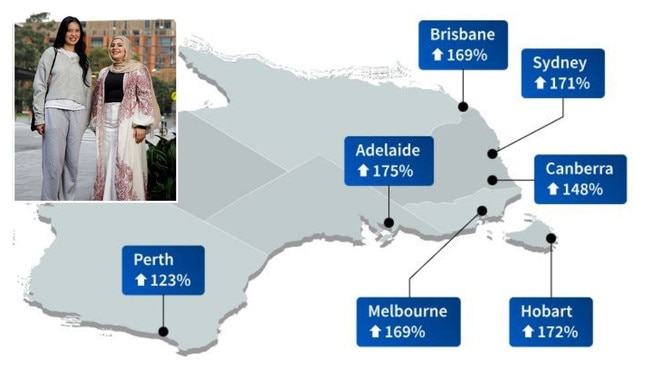
NSW
Don't miss out on the headlines from NSW. Followed categories will be added to My News.
Stunning new data reveals owning a home is the impossible dream for young Sydney residents with the median house price now 13 times the average salary.
The Australian Property Institute’s (API) Valuation Report highlights the stark reality of a crisis where new buyers have been shut out of the market by unprecedented price escalations.
Fifty years ago, Sydney buyers needed just 4.2 times the average salary to buy a median priced house. Thirty years ago, it was 5.8 times the average annual income.
But by 2015 it had surged to 11.1 times and continues to increase as the gap widens between wages and real estate prices.
The average Australian salary in 2024 was just under $103,000 according to the Australian Bureau of Statistics - the median house price is almost $1.34m.
“Looking at the data, housing affordability is now at a 50-year low, driven by incomes failing to grow above inflation and a corresponding shortage of new homes being built,” API chief executive Amelia Hodge said.
“What this means is that young people today need 13 times their annual salary to pay off an average priced home.”
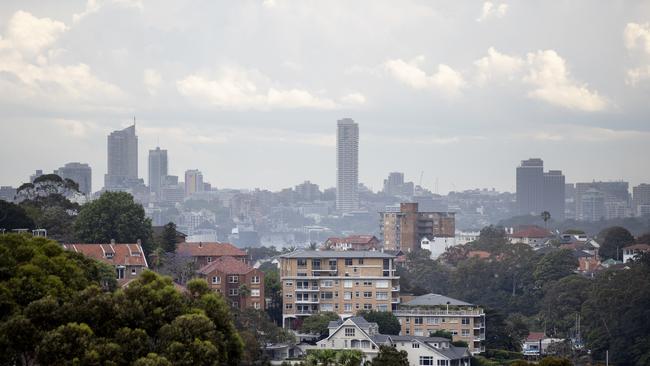
Sydney has witnessed the greatest price pressures on new home buyers over the past half-century.
Melbourne purchasers required 3.5 times the average salary to buy a median priced house in 1975. They now need 8.4 times the average annual income. Brisbane buyers have moved from 2.9 times to 8.3 times the average salary.
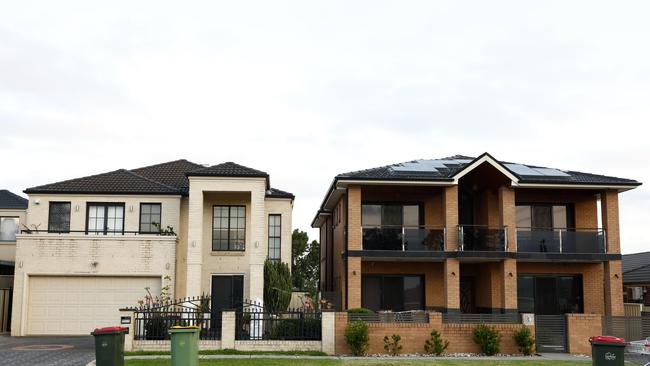
The situation has left the likes of Sefton student Serene Charhrouk, 22, holding out little hope of ever buying a home.
“I don’t think I’ll be able to own a home in the future at all because salaries don’t equate to how much we need in order to even get a house deposit,” Ms Charhrouk said.
“I work in a law property firm and even seeing how much a deposit is, I don’t know how anyone is affording it.
“Every house is like $1.1, $1.2, $1.4 million.
“Who is earning this much money and saving it on the side, as well as living in the cost-of-the-living crisis and being able to afford mortgage payments? I don’t know.“

Her friend, hospitality worker Maliha Dossani, 22, of Revesby, said she was struggling to find a fulltime job – let alone saving enough for a home – after graduating with a medical science degree.
“I’m out of uni now, but I’m not able to kind of break that barrier of being inexperienced and even if it’s like a smaller or like minimum wage salary for full-time,” Ms Dossani said.
“It’s obviously not enough to get me started on buying property or anything.”
Over the past 20 years, Sydney house prices have increased on average 171 per cent, just below Adelaide (175 per cent) and Hobart (172 per cent) but ahead of Brisbane and Melbourne (both 169 per cent). Median Sydney unit prices have increased 98 per cent.
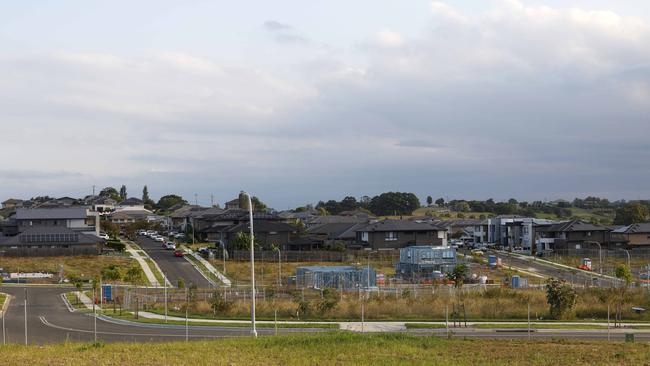
The API report says inflation rose 67 per cent over the same period.
AMP chief economist Shane Oliver said the worsening situation across Australia has dramatically extended the time it takes to enter the real estate market, placing an unprecedented burden on younger generations.
“This is grossly unfair and is not something baby boomers and Gen X had to put up with,” he said.
“Government schemes like the low deposit guarantee and stamp duty concessions for first home buyers can help.
“But the benefit usually turns into a mirage as they just push up house prices even further unless you get in really early when those schemes are first offered.”
Mr Oliver called for structural reform, including increasing housing supply and easing development restrictions.
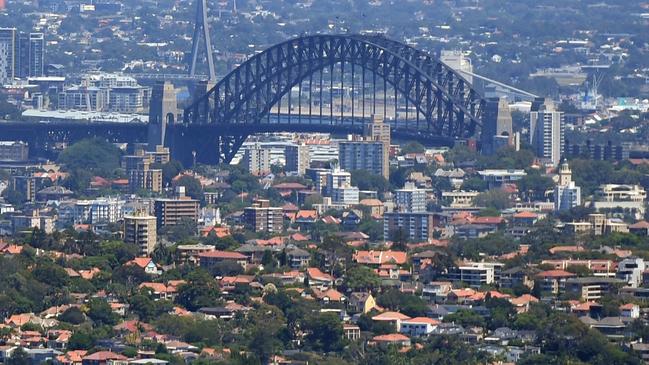
The API report found that NSW Government housing activity and supply figures “suggest the state is lagging with 21,214 net completions in the year to June 2024, 17.8% below the previous five financial years’ average of 25,823”.
It also outlined how “Greater Sydney housing supply forecasts suggest only an additional 172,900 new homes will be built to 2028-29, which is 10.2% below the previous six financial years’ total completions of 192,498”.
UNSW professor of housing research and policy Hal Pawson said affordability barriers remain steep for those without family support, adding: “Most potential first home buyers lacking access to the bank of mum and dad are up against it in most parts of Australia”.
He said while the First Home Guarantee helps lower the deposit hurdle, it “doesn’t reduce the size of the mortgage you need”.
The report also found farming, not housing, saw the strongest growth among property asset classes across Australia over the past 20 years.
Agricultural land values surged 256 per cent, housing rose 154 per cent, industrial property 164 per cent, and commercial property 143 per cent.
Sydney industrial warehouses emerged as the highest performing non-farm property sector over the past two decades with a return of 261 per cent.
According to the report, Australia’s residential property market is now worth “more than $11 trillion, about five times the value of the entire national economy”.
GEN Z ‘ANXIOUS’ FOR THE FUTURE

By Willow Berry
For these UTS architecture students, home ownership is a very distant dream and a source of anxiety.
Hard at work focusing on their studies, the prospect of buying a home in Sydney for these Generation Zers is far more unlikely than it was for previous generations.
Charlie Punch, 19, said the chances of him ever owning a home was “unpredictable”, especially after he heard the price for a home was now “13 times the average salary” in the city.
“I don’t see why anyone wouldn’t be anxious about it,” he said.
Lucas Diaz-McLaren, 18, said he doubted he was “concerned about whether or not I’ll be able to live in the city”, while Sarah Carroll, 19, said young people did not want to rely on their parents.
“You don’t want to be living at your parents’ home forever,” she said.
“You do want to move out and have your own place – but that’s kind of hard.”
Do you have a story for The Daily Telegraph? Message 0481 056 618 or email tips@dailytelegraph.com.au




